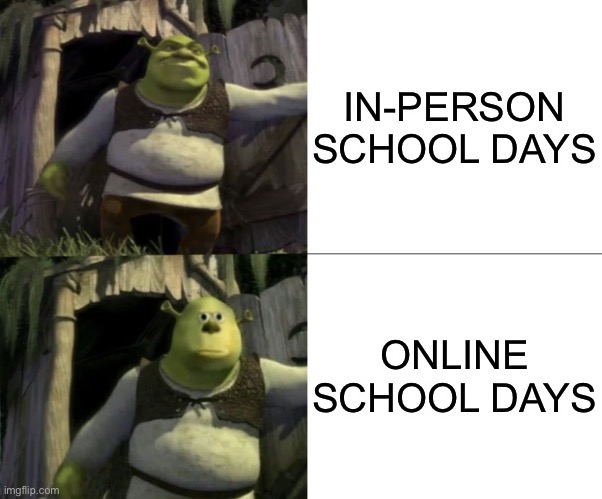Breaking Down The Budget
September 4, 2018
In 2015, The Oregon State Government spent a total of 33.4 billion dollars. Of that 33.4 billion dollars, approximately 5.97 billion of it went to Education. Comparatively to many other states, this is significantly less. For example, New Jersey spends 26.6 billion dollars yearly on education alone. I often talk and complain about the underfunding of our School District here in Forest Grove, but when I sat down thought about it, I realized I had no idea about how our budget worked.
This article is the product of my attempt of understanding how our School District Works.
In the United States, Education funding is essentially broken up into 3 different portions, 45% from local money, 45% from state funds and the last 10% from federal funds. Because such a large portion stems from local money, the amount of wealth in a community is directly represented in its public schools. There are a lot of factors that contribute to the amount of funds given to each district: The number of students who attend, the socioeconomic status of a community, amount of children with special needs, etc. So based on all those factors, the 45% from the state and 10% from the federal government are determined. Because 45% comes from the local community, we often see a difference in the quality of schools based off of the wealth of the District. And think about it, this makes sense. Wealthier neighborhoods pay higher property taxes, so in turn, their children’s schools are better funded. Is this fair? Well, that’s another conversation to have, but it is important to understand why some districts have significantly more funding than others.
So let’s look at Forest Grove:
For this year’s budget of 99,463,941 dollars:
24,769,025 dollars came from Local Sources.
47,135,914 dollars came from State Sources
10,125,000 dollars came from Federal Sources
1,087,000 dollars came from Intermediate Sources (Grants)
200,000 dollars from Interfund Transfers
16,119,202 dollars rolled over from our starting balance.
From that 99,463,941 dollars, the District adopts their budget. The Budget Committee and the Superintendent make the budget, and then in order to be enacted the School Board has to approve it. The district has to make its annual budget in accordance with provisions of Oregon Local Budget Law (ORS 294.) The law mandates public involvement in the budget preparation and among other things, requires the budget to be balanced, so projected resources must equal projected spending in each fund. Then after the budget is passed, administrators in each school are responsible for making sure that that the budget is being followed and that financially, their school is adhering to the rules.
Although 99.5 million dollars is A LOT of money to the common person, in the scheme of education it’s not. Now think about the amount of spending required to fund a School District. Districts need to pay their teachers, buy desks, buy computers, buy food, pay for electricity, pay for field trips, pay for buses, athletics, the list goes on and on and on. A few years ago, our district experienced cuts. It was due to multiple factors, our reserves, the amount of money we were getting from the State School Fund, the Economy. We had less money to work with than prior years, which meant we had to figure out how to still serve kids the bare minimum requirements in order to graduate. Programs were cut because we had to eliminate teachers and Gales Creek School was even forced to be closed. Although we’ve made a recovery from those cuts a few years ago, our District still runs on an extremely tight budget. Because of our limited funds, we have high-class sizes and many underfunded programs.
So, now the important question. How do we change that? How do we get our District more funding?
Voting. I know it probably feels indirect, but voting in legislators who have made Education a priority of theirs can prove extremely effective. The more they care about education, the more they vote in favor of increased funding for schools.
Lobbying. Talk directly with your senators and representatives, both locally and nationally. By making sure they understand the circumstances and needs of your state and district, you’re putting a face to an issue, and making it more personal to them.
Testifying: When the Oregon Legislature is in Session, there are often many opportunities to go down to Salem and testify in favor of funding legislation. Voicing your particular opinions and experiences can prove very effective on legislator’s votes.
Budget Decisions: Come to School Board Meetings and give your testimony on what you believe needs to be focused on in our district regarding funding. If individuals don’t advocate, then their voices are less likely to be considered.
After doing this research and combing my way through many long documents I only half understood, I think I have a firmer understanding of how our budget works. Now in no way would I consider myself an expert on budgeting but I can say with confidence that next time instead of complaining about funding, I’ll put my energy towards educating others about it and advocating for change.






















































































































































































